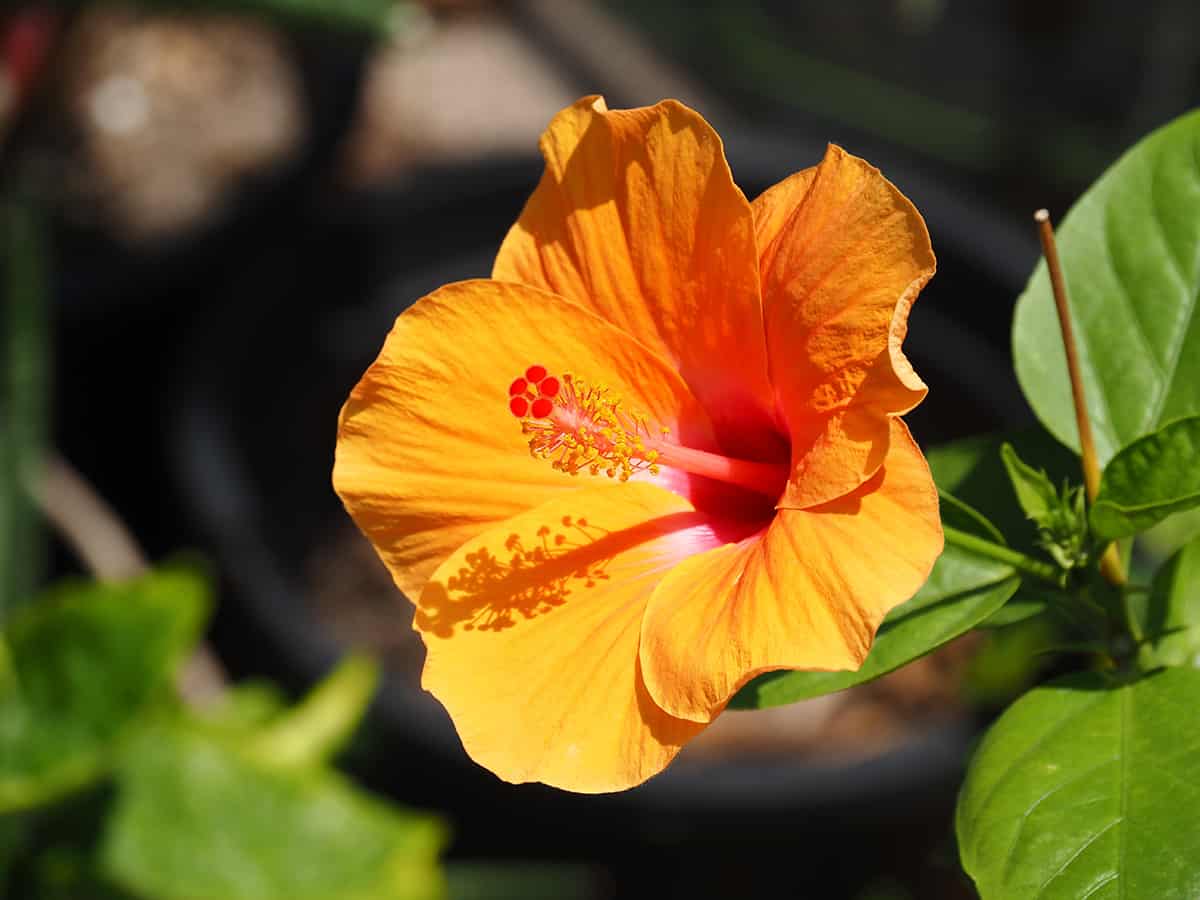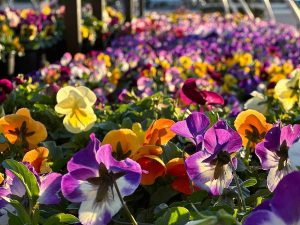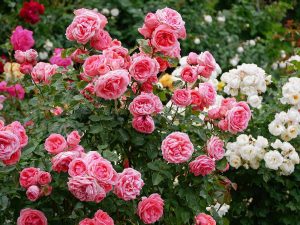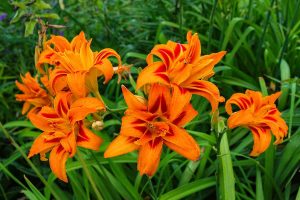In the warmth of a sunny corner in your garden, a hibiscus plant blooms, its vivid flowers a burst of color against green leaves. This sight is a simple joy for many gardeners, yet keeping those blooms vibrant and plentiful can be a challenge. Whether you’re a seasoned green thumb or new to gardening, understanding how to encourage your hibiscus to flourish is key to enjoying its spectacular flowers all season long.
Here are essential tips to ensure your hibiscus remains a stunning feature in your garden.
Table of Contents
Selecting the Right Hibiscus Variety
To increase the chance of blooming success, start by choosing the appropriate hibiscus variety for your growing conditions. Keep in mind the size and color, such as flare hibiscus with fuchsia red flowers.
Here are a few common hibiscus varieties:
Tropical Hibiscus:
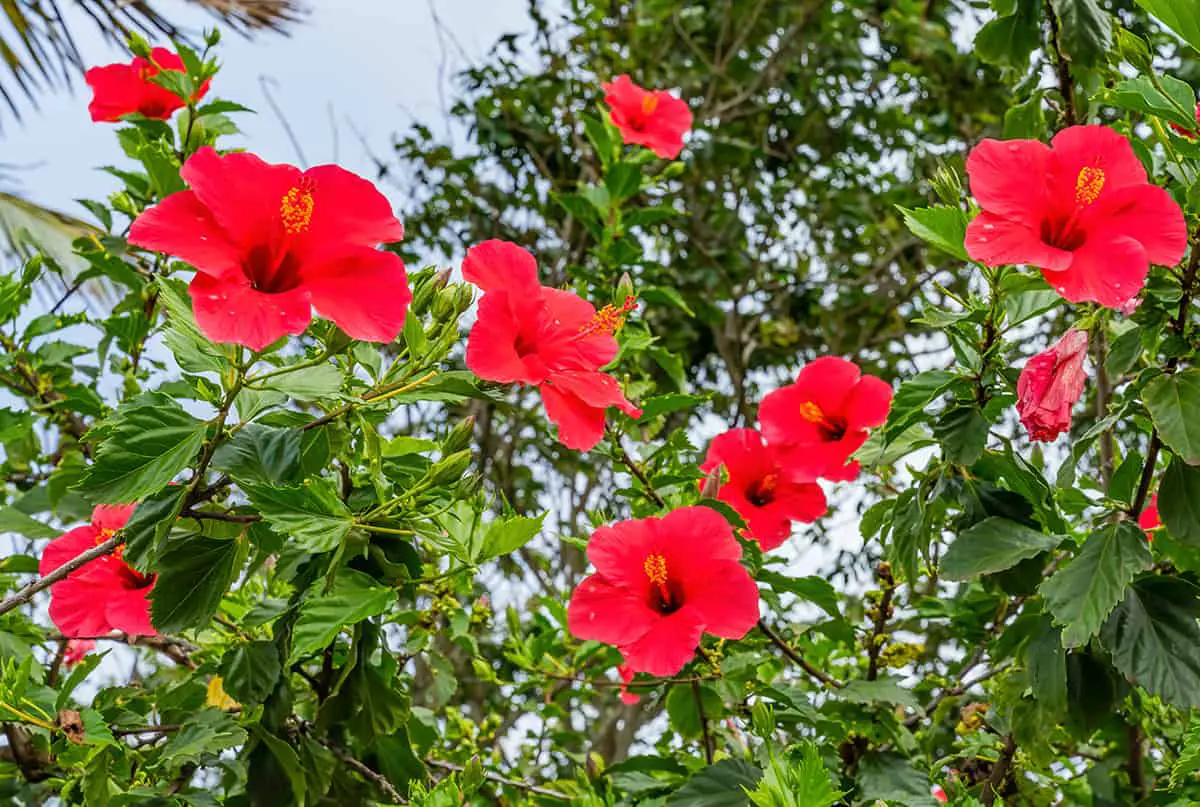
- Hibiscus rosa-sinensis: This type has glossy leaves, and flowers come in a variety of colors. It thrives in warmer climates.
- Hibiscus acetosella (‘Red Shield’): Known for its attractive red foliage, this tropical shrub is grown as an annual and offers unique visual interest.
Hardy Hibiscus:
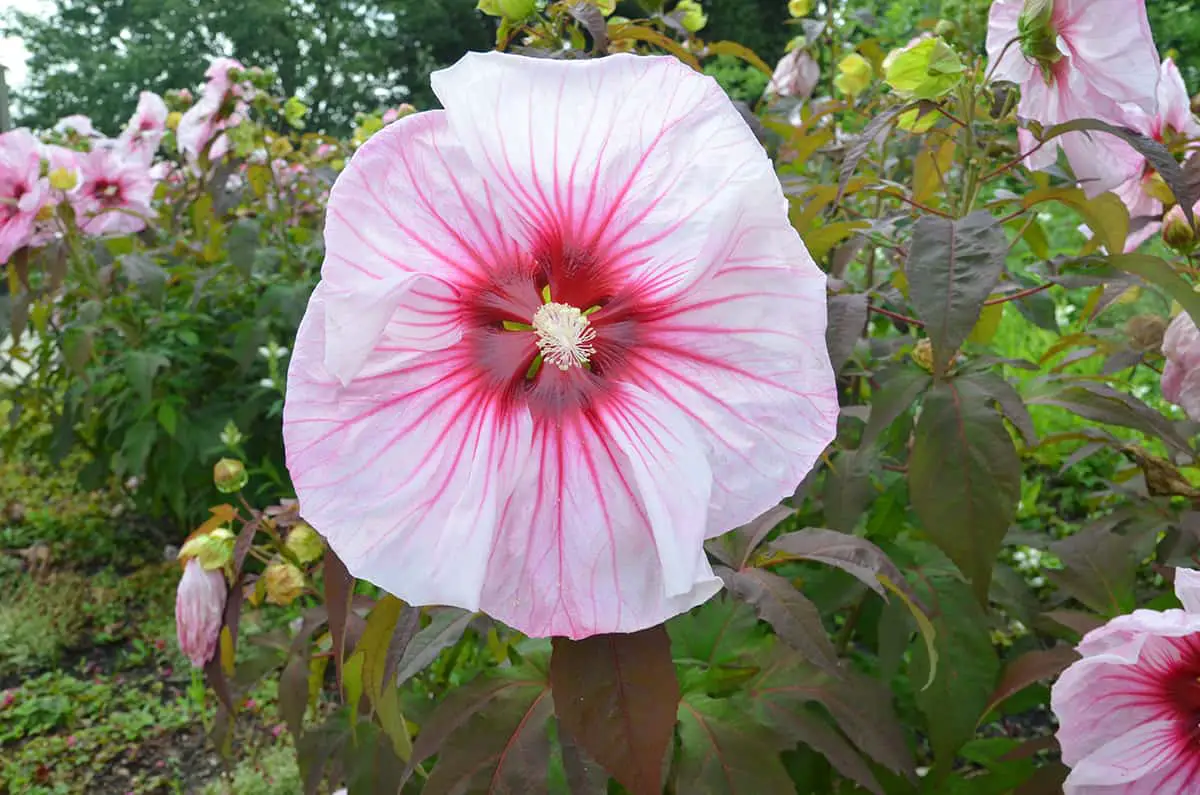
- Hibiscus moscheutos (Rose Mallow): This cold-hardy variety is perfect for colder climates and produces large, showy flowers.
- Hibiscus syriacus (Rose of Sharon): Well-suited to colder climates, it produces long-lasting blooms with a range of colors.
Consider your climate, soil conditions, and the amount of sunlight available in your garden. In warmer regions, tropical hibiscus can be grown year-round. For cooler climates, select a hardy hibiscus species or bring the potted tropical hibiscus indoors during the winter months.
Optimal Care Techniques For Blooming
Planting Depth and Spacing
Proper planting depth and spacing are essential for hibiscus growth. When planting, dig a hole as deep as the root ball and twice its width. Set the plant into the hole, ensuring the top of the root ball is level with the surrounding soil. Fill in around the roots with soil, and gently firm it down. For spacing, place your hibiscus plants 4 to 6 feet apart to allow sufficient air circulation and prevent overcrowding. After planting, water your hibiscus well to help settle the soil around the roots.
Watering
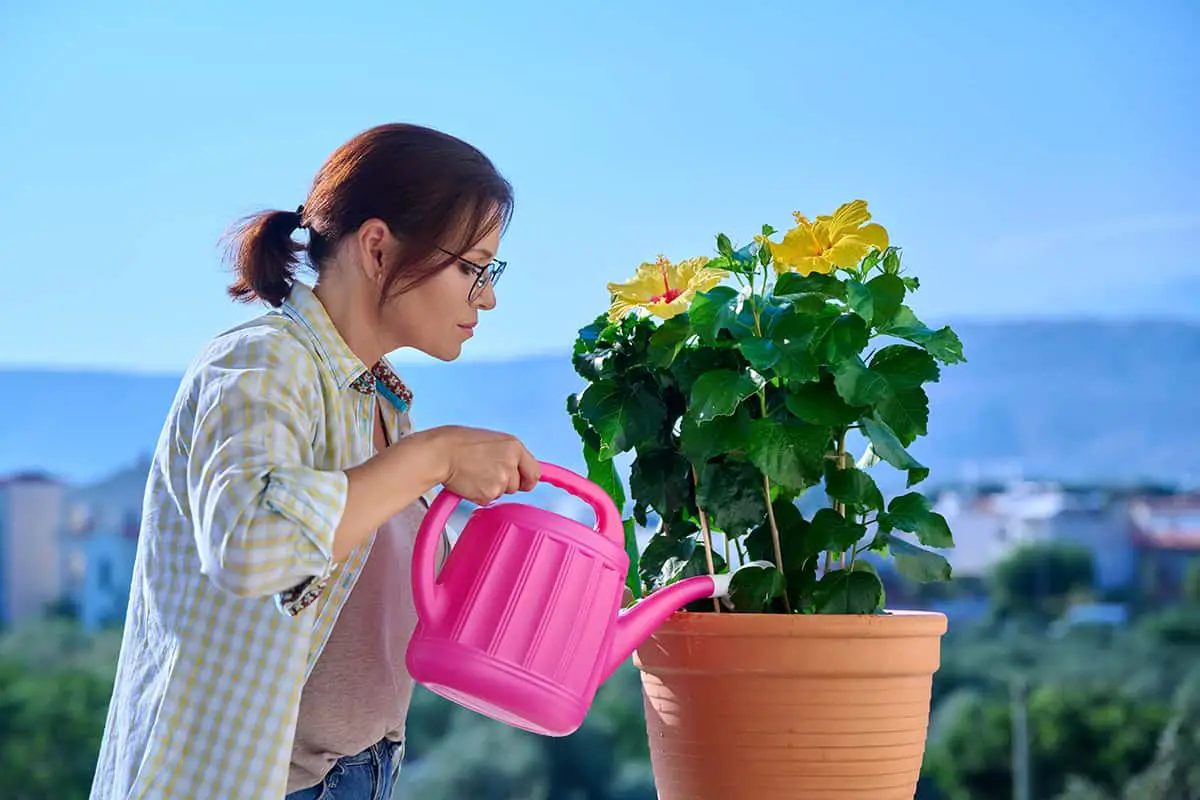
To promote a healthy plant, ensure consistent watering practices. Hibiscus thrives in moist, well-drained soil. However, wet soil can harm the plant. Adjust watering according to rainfall and temperatures.
To retain moisture, use mulch around the base of your plant. This technique keeps evaporation at bay. Avoid overwatering, as this can lead to root rot. Also, don’t let the soil dry out completely. Finding the right balance is key.
Observe its leaves and buds for signs of distress. Yellow leaves and bud drops often indicate improper watering. Adjust your watering routine until you see improvements in your plant’s condition.
Fertilization
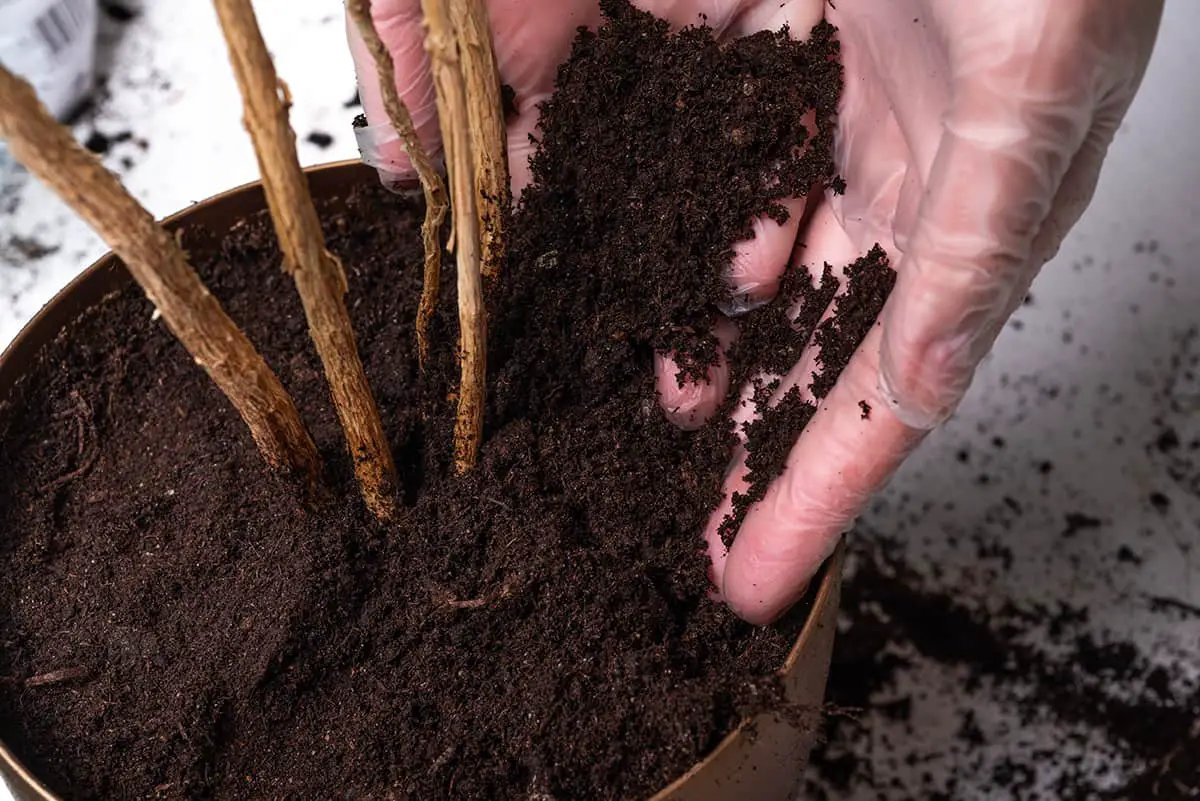
Your hibiscus plants need a well-balanced supply of nutrients to bloom consistently. Nitrogen, phosphorus, and potassium are vital for their growth and development. Nitrogen promotes leaf growth, while phosphorus and potassium support flower production.
When selecting a fertilizer, it is advisable to choose a complete, balanced option, such as a 13-13-13 or 20-20-20 mix. These ratios indicate that the fertilizer contains equal parts of nitrogen, phosphorus, and potassium, nutrients that are crucial for supporting both the foliage and flowering aspects of a plant.
Regarding the frequency of fertilization, it is recommended to apply a water-soluble fertilizer every one to two weeks. This should be complemented by the use of a slow-release granular fertilizer to ensure that the hibiscus receives a consistent supply of nutrients throughout its growing season.
When applying fertilizer, it’s important to be cautious and avoid over-fertilization, as an excess of nitrogen can promote the growth of lush foliage at the expense of flower production.
Additionally, maintaining consistent watering practices is key, while also taking care not to overwater and avoid waterlogged soil. Fluctuating moisture levels can lead to bud drop, affecting the plant’s overall health and flowering potential.
Sunlight
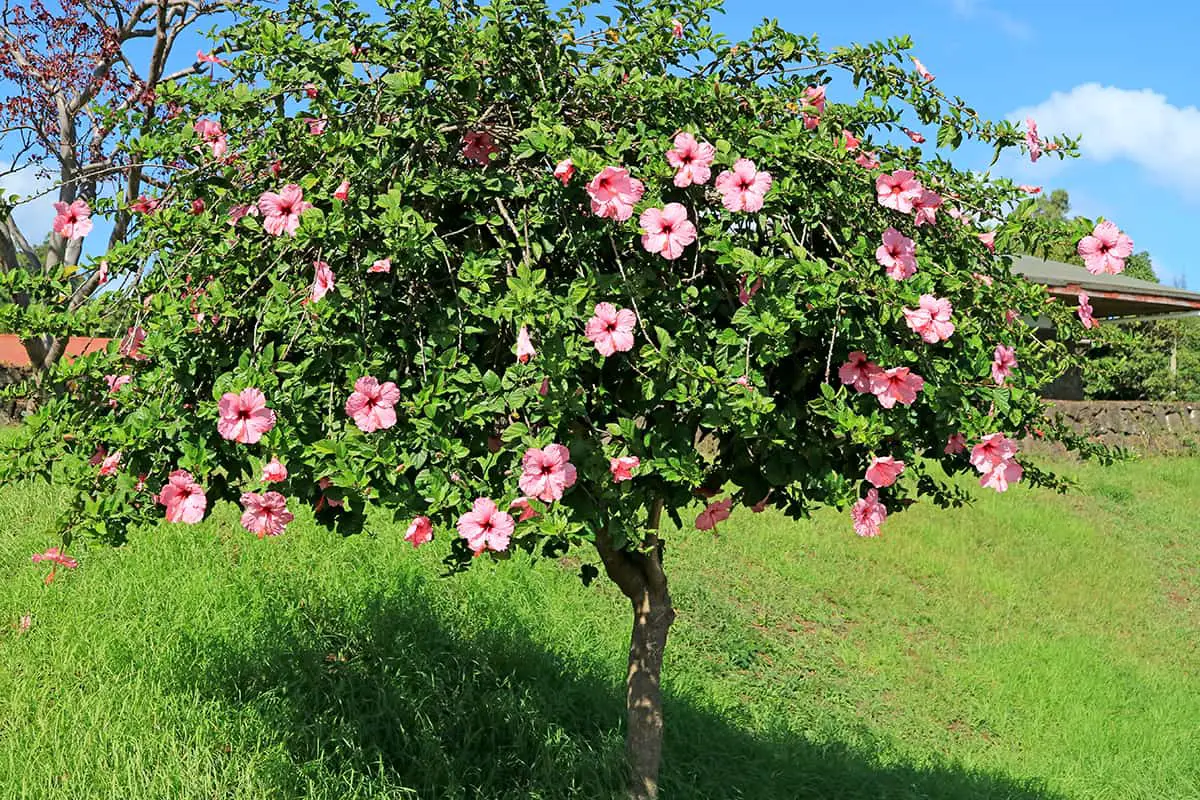
To promote blooming in your hibiscus, ensure it gets plenty of sunlight. Ideally, you should provide at least 6 hours of direct sunlight every day. If you are growing your hibiscus indoors, place it near a sunny window or supplement it with artificial light for optimal growth.
Temperature
Hibiscus plants need warm temperatures to bloom. They thrive in temperatures between 60-90°F (15-32°C). Protect your plant from sudden temperature fluctuations and cold drafts, as this can cause bud drop and yellowing leaves.
During winter months, when temperatures drop below 55°F (13°C), consider moving your outdoor hibiscus plants inside. If you live in a consistently cold climate, you’ll have better success growing your hibiscus indoors or choosing a hardy hibiscus variety like Hibiscus mutabilis, which is more tolerant of colder temperatures.
Pruning
Regular pruning is essential to keep your hibiscus blooming. Start by cutting back the plant by about half in early spring to maintain its shape and encourage growth. For indoor hibiscus, more frequent and lighter pruning throughout the year may be necessary. The plants will still flower, but pruning may delay the blooming time.
Remember to cut back the main shoots by as much as one-third and shorten laterals, leaving two or three buds. Promptly remove dead wood to prevent canker.
Methods to Encourage Reblooming
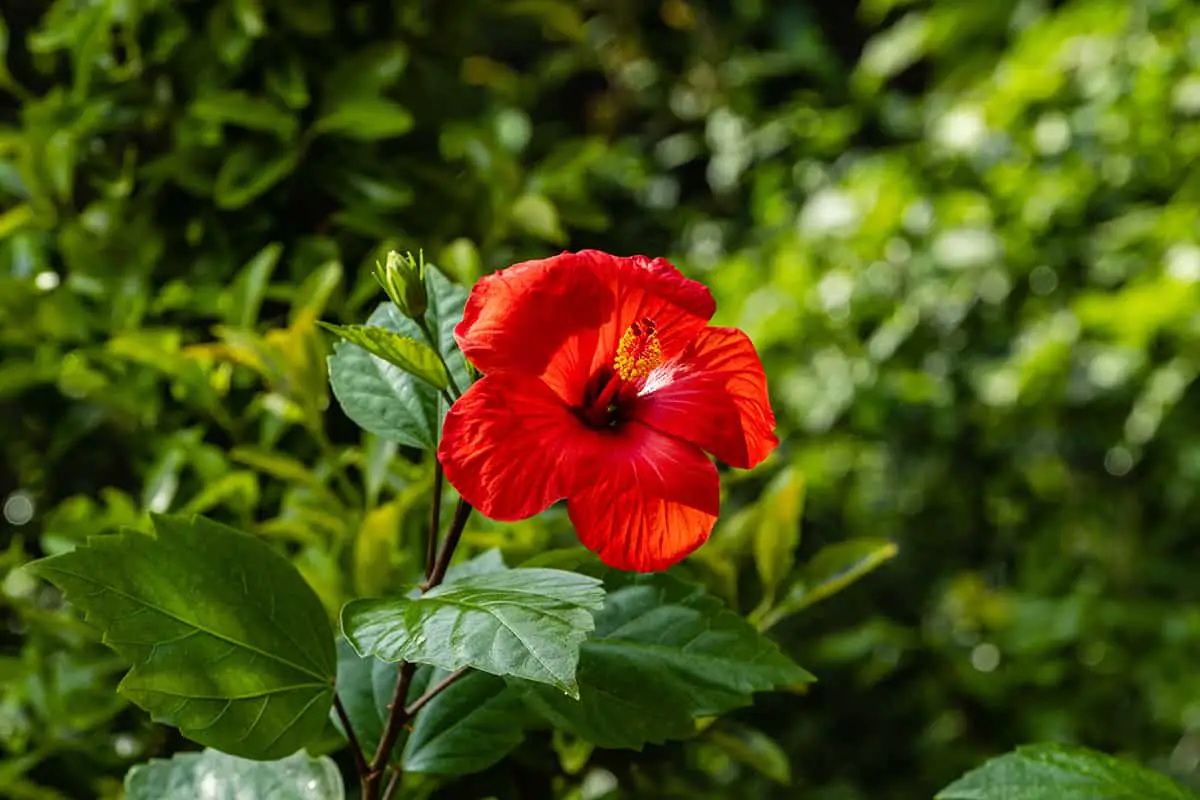
Deadheading and Pinching
To keep your hibiscus blooming, you need to remove old flowers before they form seedheads. This process, called deadheading, encourages the plant to produce more blooms. Gently pinch off spent flowers with your fingers or use a pair of clean, sharp pruning shears.
In addition to deadheading, pinching back the branches can stimulate new growth and more blooms. Remove about one-third of the length of the branch, making the cut just above a leaf node or joint. This encourages bushier growth, leading to a healthier plant and more flowers.
Overwintering Hibiscus
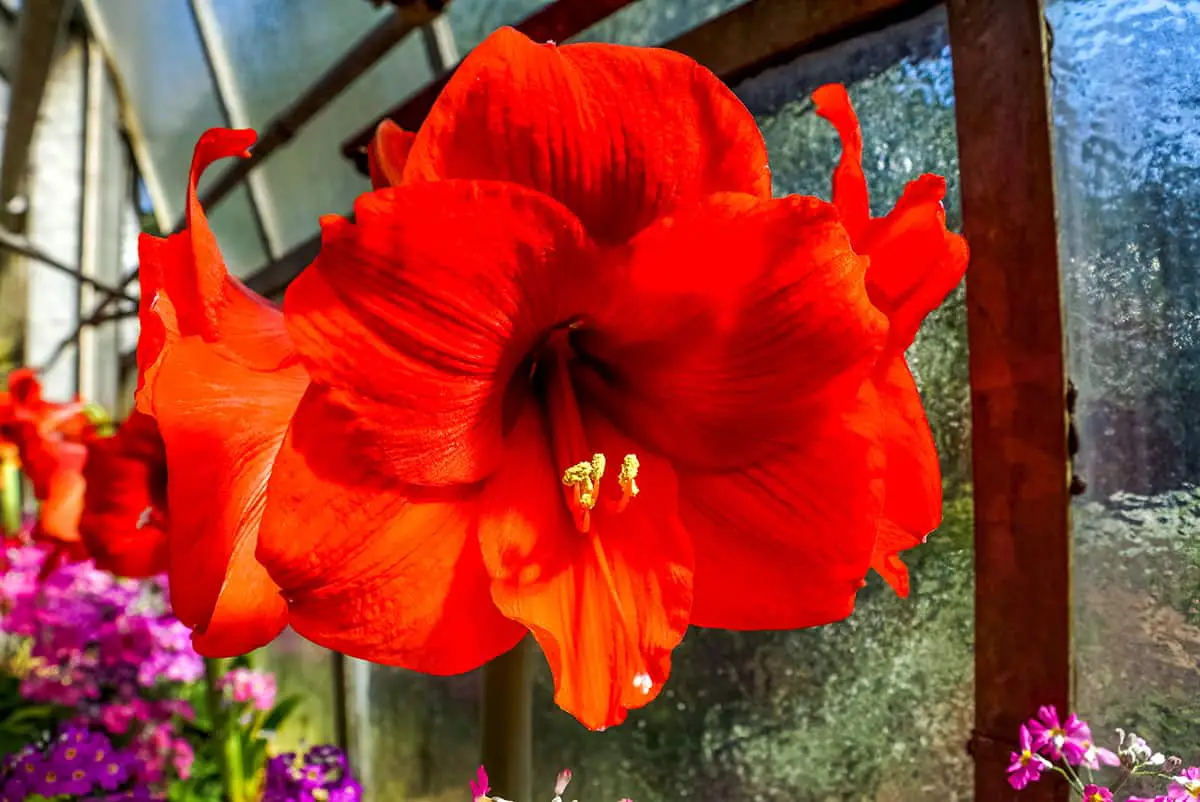
To keep your hibiscus blooming, it’s essential to know how to overwinter the plant properly. Hibiscus requires specific care during winter months, whether you decide to treat it as a houseplant or allow it to enter dormancy.
First, let’s look at the houseplant method:
- Place your hibiscus near a sunny, southern, or southwest window
- Maintain warm temperatures and consistent moisture
- Don’t let the soil go completely dry
If you choose the dormancy method:
- Move your hibiscus to a slightly cooler, darker location
- Water it sparingly, just enough to prevent the soil from becoming bone dry
- Observe for signs of dormancy, such as dropping leaves or reduced growth
Pruning is another crucial aspect of hibiscus care during winter. Carry out pruning in late winter to encourage a bushier plant and boost the number of flowers in the upcoming season. Trim back any dead, damaged, or overcrowded branches and remove up to one-third of the overall plant size.
No matter which overwintering method you choose, monitor your hibiscus for common issues like yellow leaves, flower buds dropping, and insect pests. Take necessary steps to resolve any problems promptly, so your hibiscus will be healthy and ready to bloom again when spring arrives.
Frequently Asked Questions
Can hibiscus plants bloom year-round, and if so, how?
Hibiscus plants can bloom year-round in tropical climates. In cooler regions, bring your Chinese hibiscus indoors when nighttime temperatures fall into the lower 50s F. Provide adequate light and warmth to help the plant continue blooming.
What should I do when a hibiscus flower falls off to encourage new flowers?
After a hibiscus flower falls off, it’s normal for the plant to start developing new blooms. Make sure your plant receives enough sunlight and maintain a consistent watering schedule. Prune your hibiscus in late winter to encourage bushier growth and more flowers.
How can I extend the blooming period of my hibiscus?
To extend the blooming period, ensure optimal growing conditions. Provide a rich, well-drained soil mixture, sufficient sunlight, and maintain consistent watering. Regularly fertilize your plant during the growing season for sustained blooming.
Will Epsom salt enhance the blooming of my hibiscus, and how should I apply it?
Epsom salt can enhance hibiscus blooming by providing additional magnesium, which promotes overall plant health. Dissolve 1 tablespoon of Epsom salt in a gallon of water and use it to water your hibiscus plant. Apply this solution once a month throughout the growing season to see an improvement in your hibiscus’ blooming.
